After starting the season with 48 tackles in his first three games, an S&B investigation has found that Hugh Werner `25 was incorrectly credited with at least 12 tackles in the next two home games. In those two games, The S&B found that Werner was credited with 42 tackles, roughly 35% more than a review of game footage showed he actually earned.
Werner’s reported average of 13 tackles per game would place him first in the country for National Collegiate Athletic Association (NCAA) Division III (DIII) football, but the observed average of 11.5 tackles per game would drop him to tied for tenth. He would still lead the Midwest Conference in tackles per game even without his misattributed tackles.
“I wasn’t aware,” Werner said about the discrepancy in his tackle numbers. “I just play the game.”
Werner’s season began on Sep. 4, 2023 with a 10-tackle performance in an away 18-12 loss against Lyon College. Werner followed that up with an impressive 24 tackles in a home 31-12 loss against Ripon College on Sep. 9. The S&B’s investigation did not find evidence of inflated statistics in that home game.
After another strong performance on Sep. 16 in an away 33-23 win against Beloit College, Werner had the most tackles in all of NCAA DIII football, as advertised by a Grinnell Football Instagram account post from Sep. 28.
On Sept. 30, in Grinnell’s 34-16 home win against Lawrence University, Werner finished the game credited with 16 tackles. The S&B’s investigation found that at least seven of those showed no involvement from Werner in the tackle.
A 2011 NCAA Football Statisticians’ Manual defines assisted tackles as follows — “If two defensive players contribute equally to the stopping of a ball carrier, credit both players with an assisted tackle, but give neither a solo tackle.”
In the following series of clips from the Sep. 30 game against Lawrence University, Werner, who is circled, does not contribute to the stopping of the ball carrier.
Ted Schultz, sports information director, oversees statistic keeping for games held at Grinnell. He said that mistakes for some tackles stem from a lack of employed statistics keepers for each game. Schultz serves as the supervisor for student volunteers who track statistics for each home game. He did not disclose who recorded statistics for the games in question.
“Our student statisticians are working very hard to capture the action on the field in the moment and often at a very fast pace from a particular point of view on the sidelines,” Schultz wrote in an email to The S&B.
“The nature of sports statistics means that errors are inherent to the process,” he wrote. “In particular, football tackles can be tricky to capture accurately as multiple players go to the ball or there is a pile of players on the ball carrier after a tackle.”
Statistic keeping is the responsibility of the home team, and Division III statistics are not verified by an external organization. According to the official statistics, Werner averaged 22 tackles per game at home and 7.6 tackles per game when away.
Werner described this season as one of the best he’s ever had, saying, “I’ve been working my tail off for the last two and a half years.”
“I was doing the same thing my freshman year as I am now,” he added. “I go out there, and I work my hardest.”
After the Sept. 30 Lawrence game, Werner only had 7 tackles in Grinnell’s 69-6 away loss to Monmouth College on Oct. 7 and 3 tackles in a 47-0 away loss to Lake Forest College on Oct. 14.
Werner’s next home game, however, saw his best defensive performance of the season, with 26 tackles in Grinnell’s 14-7 loss against Knox College on Oct. 21. The S&B found 5 instances where Werner was credited with an assisted tackle that he did not contribute to, equating to roughly 20% of his credited tackles being incorrect.
Head football coach Brent Barnes declined an interview request from The S&B but provided a comment via email. He wrote that he was unaware of the inflated statistics, writing, “as a coaching staff, we don’t have anything close to the manpower to spend time rechecking individual statistics.”
“I couldn’t tell you what Hugh Werner’s tackle statistics were in any game this year or what his totals for the season were. I’ve never looked them up,” he added.
“If they inflated in my numbers, they inflated my numbers. I really don’t care honestly, I just want to win games,” Werner said. “I will sit out every game if we go 10-0 and win an NCAA championship. I’m a team-before-me type of guy, that’s who I am.”
The Grinnell Football Instagram account again posted about Werner’s tackle accolades on Oct. 26, when Werner still led DIII football in total tackles and tackles per game before he suffered an injury midway through Grinnell’s Oct. 28 93-0 loss at Illinois College, ending his season.
He earned four tackles that game and finished the season with 104 tackles and 13 tackles per game. At least 12 of those individual tackles were incorrectly attributed to him, giving him 92 total tackles and 11.5 tackles per game.

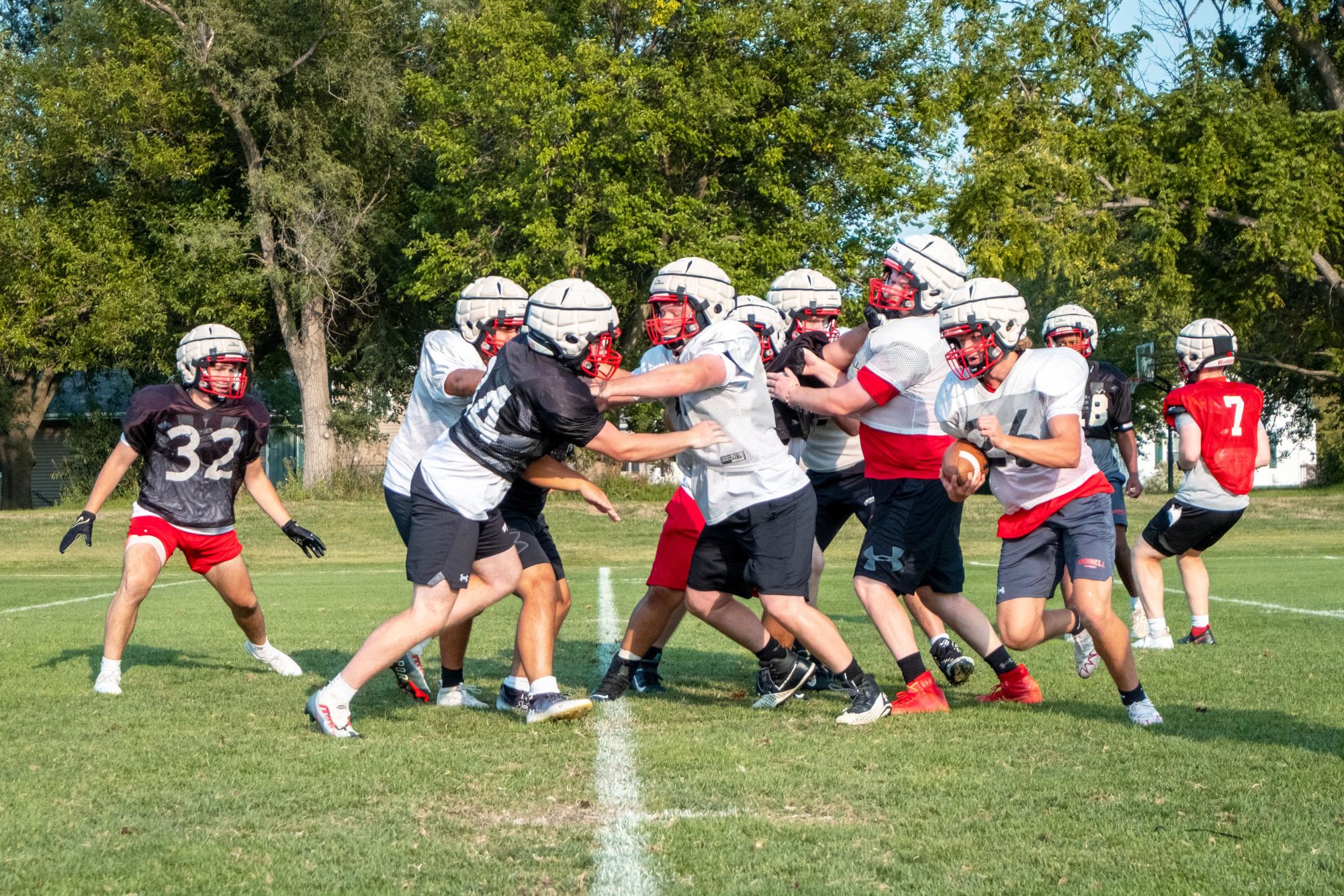






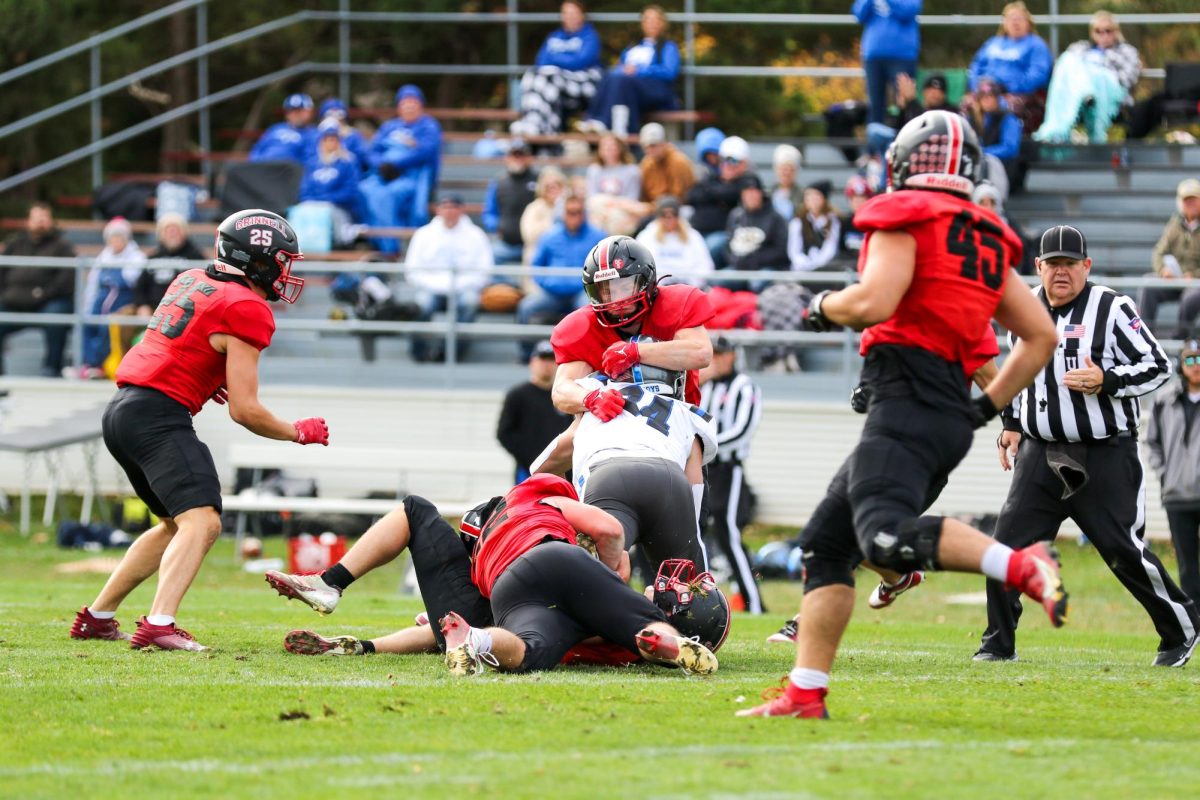
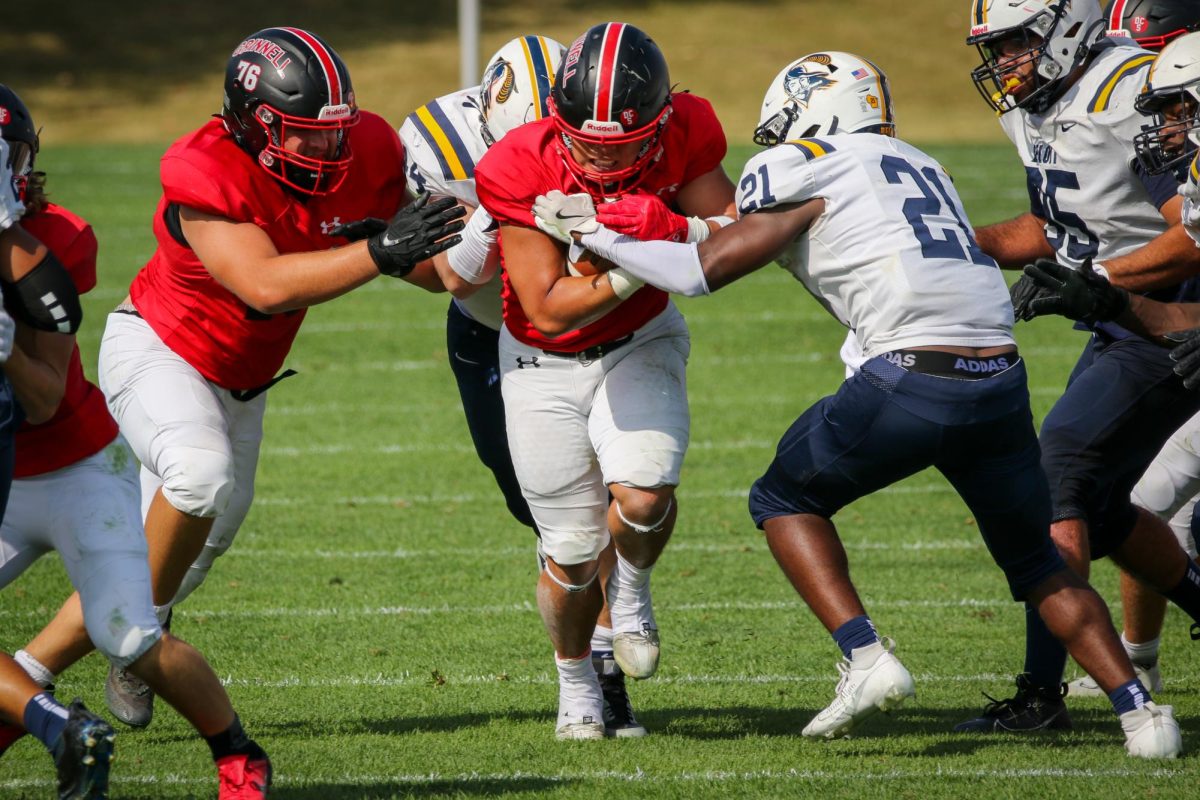
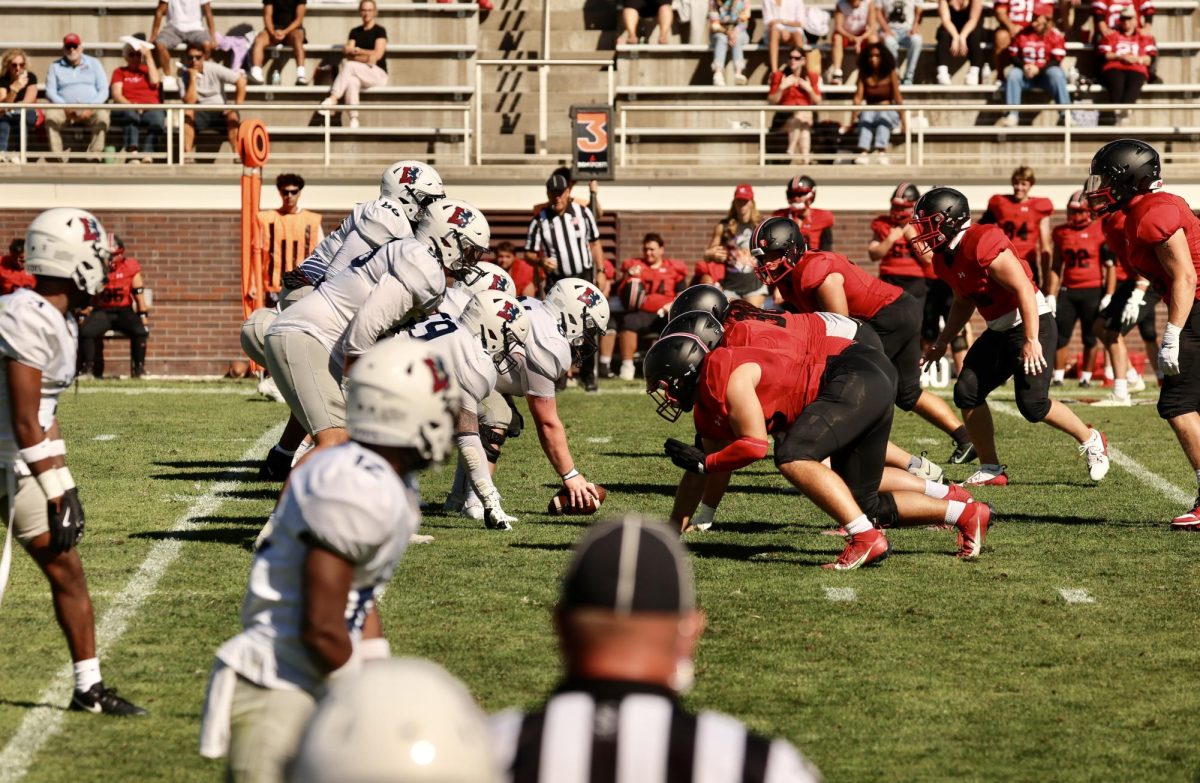
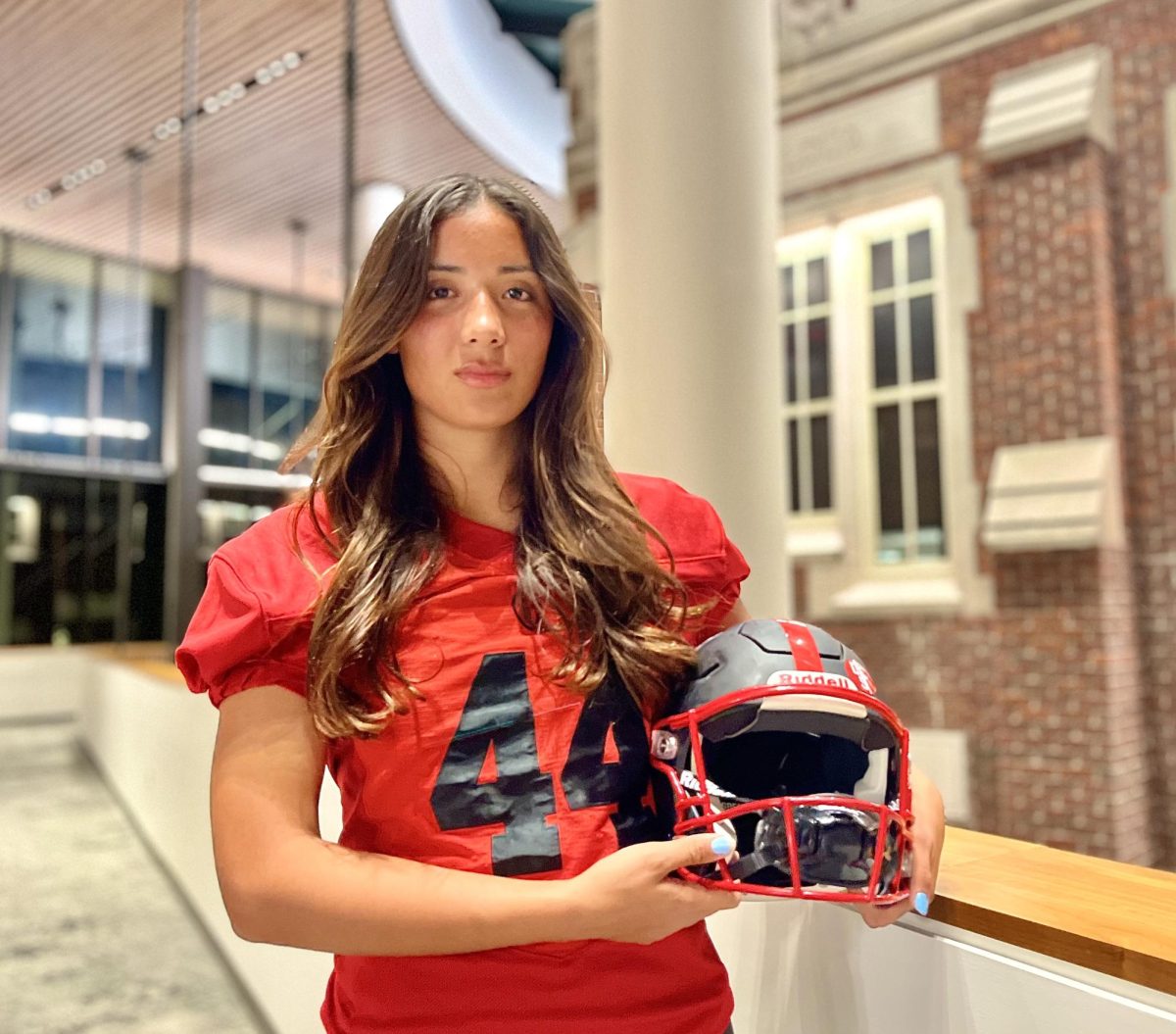
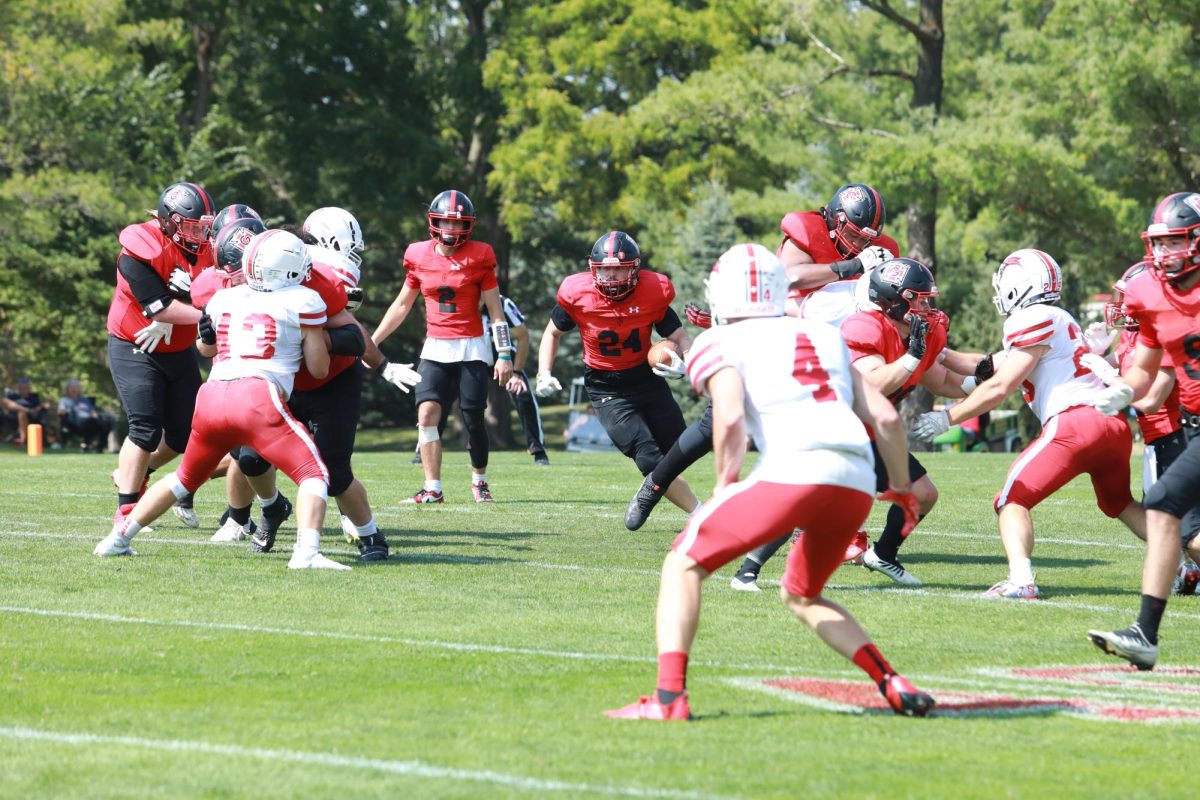
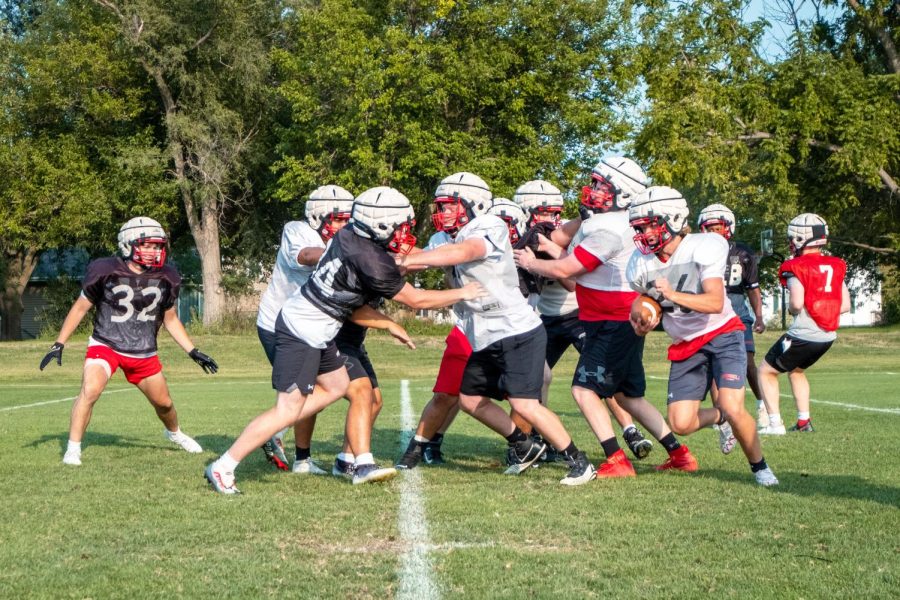





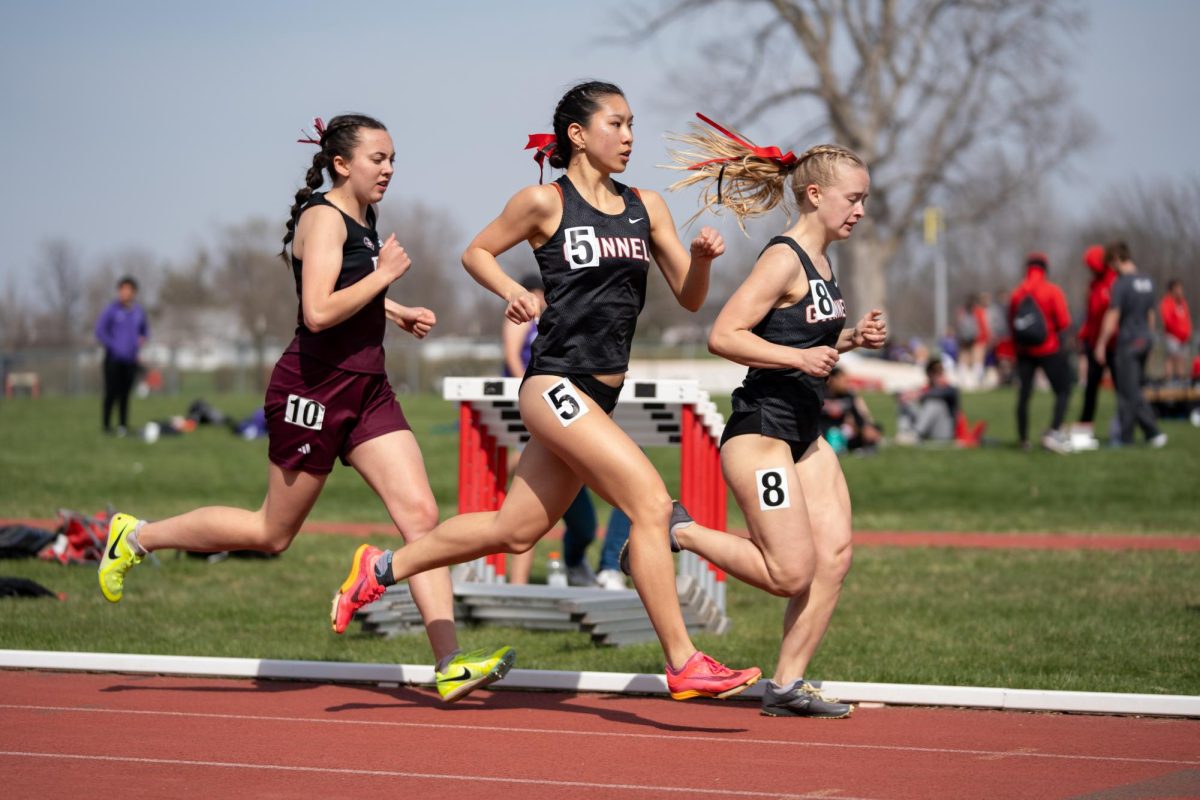
Grinnell Citizen • Mar 1, 2024 at 5:02 pm
I think the biggest take away from this article is that Hugh Werner is an amazing athlete and positive influence for Grinnell College. Why would a fellow student attempt to place blame on another student who works hard at his craft, and his humble about his accomplishments. If anything, regardless if the statistics were recorded in error (which players have no hand in whatsoever), Hugh’s record can only help promote Grinnell College and the Football program. Perhaps that would have been a more productive article for this publication?
GC Student Athlete 2 • Feb 20, 2024 at 11:21 pm
Awesome article! Great season to Hugh and good reporting!
GC Student Athlete • Feb 19, 2024 at 4:52 pm
This article is masquerading as a means towards integrity, but in reality, it is simply a hit piece. This is evident from the narrative decided by the writer. The narrative suggesting that these misattributed stats are in any way attributable to the players or coaching staff of the football team is insulting to the hard work they put into the sport. This narrative is fostered by the writer’s line of questioning, sources, and failure to recognize the real culprit here: a lack of resources. This is further evident by the inability to identify a single player by number on the field in any of the provided video replays due to the quality of the stream. If the resources allocated to the streaming of the game don’t allow for a player’s number to be recognizable, what do you think the state of resources for sports statisticians is for these games? The same guys who do the SEC games? Maybe the problem is bad camera quality, hungover college students keeping track of the scores for free, and an overall lack of resources for Grinnell’s athletic experience. If you don’t trust the stats and the video is terrible, how are you to draw any conclusions about what happened in the game? It’s a strange narrative to adopt when the real culprit becomes obvious after just 10 seconds of critical thinking.
Eli Gordon • Feb 19, 2024 at 11:18 am
Poorly written article about a subject the writer clearly isn’t knowledgable in. After talking to three different people you didn’t come to the conclusion that the reason for these missed stats is a lack of people keeping these stats? Instead you wrote an inconclusive hit piece on a peer.
As a faculty member who loves the S&B I’m very disappointed.